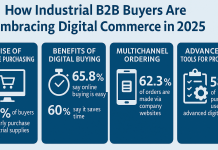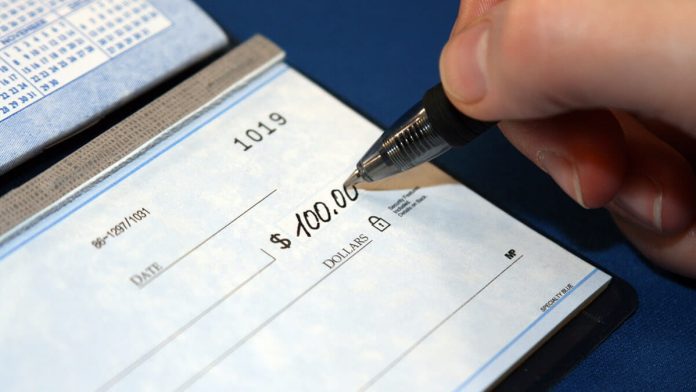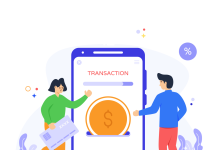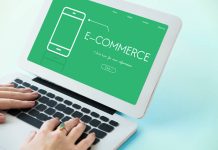There is still more work to be done even if digitizing B2B payments has been a long-term goal.
The status quo persists intractably for a variety of reasons. The conflict between pain and gain lies at the heart of the issue. There are indisputable advantages to digitization, but there are also unquestionable drawbacks. The difficult part is controlling the variables to get a profitable ROI.
Condition of the Paper Chase
Despite corporations’ efforts to digitize, 81% of businesses still pay other businesses with paper checks, making it the most popular B2B payment method.
Less than 64% of businesses use ACH payments or automated clearing house payments. As a result, only roughly a third of organizations have even started using this fundamental and established type of digital payment.
The race to avoid the paper chase is won by credit and debit cards, who come in third place. Only 48.2% of businesses accept credit cards, while only 19.2% accept debit cards as payment.
Why is it moving so slowly?
There are several explanations for why so few businesses employ these digital payment methods. One is their fees, which may be rather expensive, especially for expensive products. Payees typically don’t want to pay these costs. Payors also don’t want to incur them.
There are also problems with control. Corporate checks with multiple signature requirements and other process controls are simpler for AP employees to manage. The possibility of AP employees keeping business checks at home offices is one of the reasons the epidemic served as an impetus for reform. But now that businesses have at least partially returned to the workplace, many are seeing how simple it is to fall back into old routines.
Time and Cost
Automation of AP/AR can be advantageous despite these obstacles.
decrease in costs. Processing electronic invoices cost roughly 80% less than processing traditional ones. In particular, processing an automated invoice costs only $2.18 on average compared to processing a paper invoice, which costs $10.08.
accelerated processing Processing automated invoices takes 56% less time than processing paper invoices. The typical paper invoice is processed by businesses in 8.3 days, but the average automated invoice is processed in just 2.9 days.
In a supply chain system, purchasers have an incentive to increase supplier satisfaction through fast payment, which generates a seller’s market for particular goods and services amid shortages and delays.












